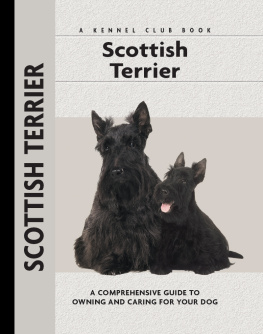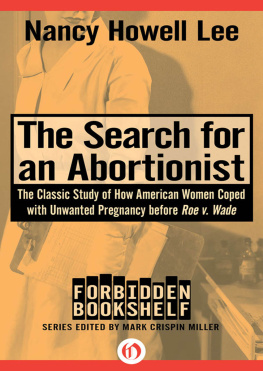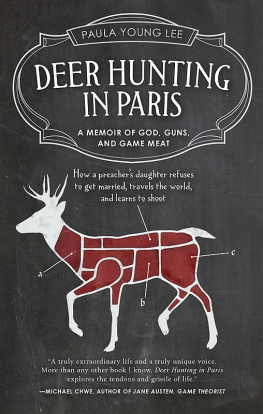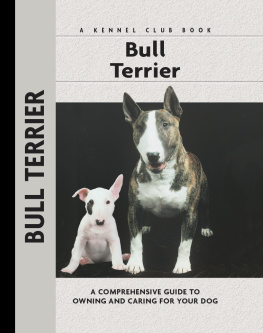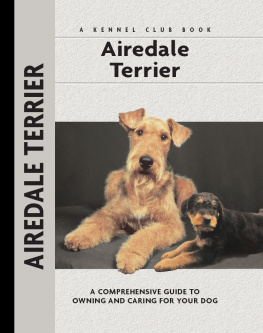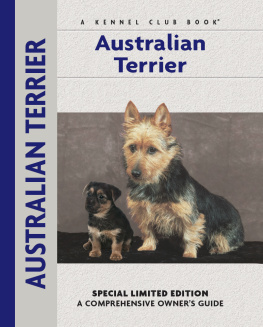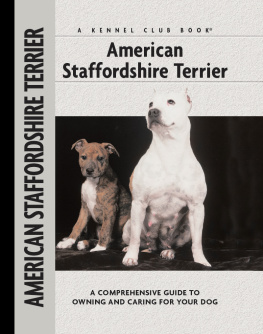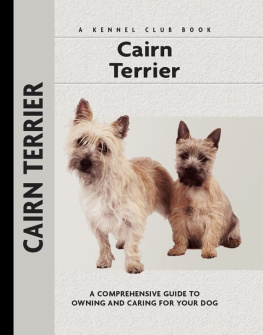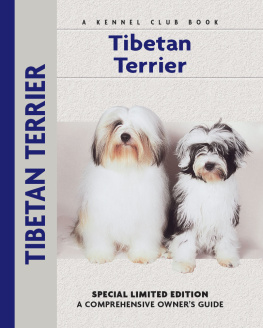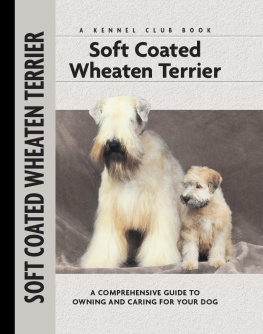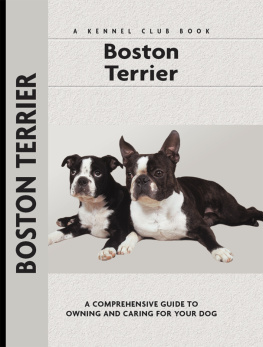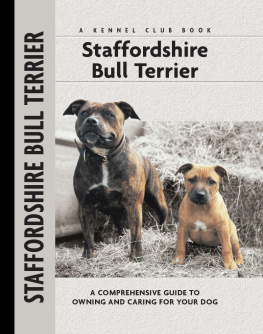Physical Characteristics of the Scottish Terrier
(from the American Kennel Club breed standard)
Skull: Long and of medium width, slightly domed and covered with short, hard hair. In profile, the skull should appear flat. There should be a slight but definite stop between the skull and muzzle at eye level, allowing the eyes to be set in under the brow.
Ears: Small, prick, set well up on the skull and pointed, but never cut. From the front, the outer edge of the ear should form a straight line up from the side of the skull.
Head: Long in proportion to the overall length and size of the dog. In profile, the skull and muzzle should give the appearance of two parallel planes.

Eyes: Set wide apart and well in under the brow. They should be small, bright and piercing, and almond-shaped. The color should be dark brown or nearly black.
Nose: Black, regardless of coat color, and of good size, projecting somewhat over the mouth.
Neck: Moderately short, strong, thick and muscular, blending smoothly into well laid back shoulders.
Muzzle: Approximately equal to the length of skull with only a slight taper to the nose. A correct Scottish Terrier muzzle should fill an average mans hand.
Teeth: Large and evenly spaced, having either a scissors or level bite, the former preferred.
Jaw: Square, level and powerful.
Chest: Broad, very deep and well let down between the forelegs. The forechest should extend well in front of the legs and drop well down into the brisket. The chest should not be flat or concave, and the brisket should nicely fill an average man's slightly-cupped hand.
Forequarters: The shoulders should be well laid back and moderately well knit at the withers. The forelegs should be very heavy in bone, straight or slightly bent with elbows close to the body, and set in under the shoulder blade with a definite forechest in front of them. The forefeet should be larger than the hind feet, round, thick and compact with strong nails. The front feet should point straight ahead, but a slight "toeing out" is acceptable.
Topline: Firm and level.
Tail: About seven inches long and never cut. It should be set on high and carried erectly, either vertical or with a slight curve forward. Thick at the base, tapering gradually to a point.
Body: Moderately short with ribs extending well back into a short, strong loin, deep flanks and very muscular hindquarters. The ribs should be well sprung out from the spine, forming a broad, strong back, then curving down and inward to form a deep body that would be nearly heart-shaped if viewed in cross-section.
Hindquarters: The thighs should be very muscular and powerful for the size of the dog with the stifles well bent and the legs straight from hock to heel. Hocks should be well let down and parallel to each other.
Coat: Broken coat. It is a hard, wiry outer coat with a soft, dense undercoat.
Size, Proportion, Substance: The Scottish Terrier should have a thick body and heavy bone. The principal objective must be symmetry and balance without exaggeration. Height at withers for either sex should be about 10 inches. The length of back from withers to set-on of tail should be approximately 11 inches. Generally, a well-balanced Scottish Terrier dog should weigh from 19 to 22 pounds and a bitch from 18 to 21 pounds.
Color: Black, wheaten or brindle of any color.

Contents

Meet the distinctive Scottish Terrier, one of the renowned terrier breeds of Scotland, and trace its history back over 150 years. One of the earliest-recognized breeds by the American Kennel Club, the Scottish Terrier has achieved many successes internationally and has become a companion dog of choice in many countries.

This terrier among terriers is an energetic, robust character whose mind is quick and all his own, ideal for the responsible owner who is patient and good-humored. The chapter also outlines some of the potential health problems of which prospective owners should be aware.

Learn the requirements of a well-bred Scottish Terrier by studying the description of the breed set forth in the American Kennel Club standard. Both show dogs and pets must possess key characteristics as outlined in the breed standard.

Find out about how to locate a well-bred Scottish Terrier puppy. Discover which questions to ask the breeder and what to expect when visiting the litter. Prepare for your puppy shopping spree. Also discussed are home safety, the first trip to the vet, socialization and solving basic puppy problems.
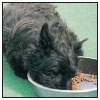
Cover the specifics of taking care of your Scottish Terrier every day: feeding for the puppy, adult and senior dog; grooming, including coat care, ears, eyes, nails and bathing; and exercise needs for your dog. Also discussed are the essentials of dog identification.

Begin with the basics of training the puppy and adult dog. Learn the principles of house-training the Scottish Terrier, including the use of crates and basic scent instincts. Enter Puppy Kindergarten and introduce the pup to his collar and leash and progress to the basic commands. Find out about obedience classes and other activities.

By Lowell Ackerman DVM, DACVD
Become your dogs healthcare advocate and a well-educated canine keeper. Select a skilled and able veterinarian. Discuss pet insurance, vaccinations and infectious diseases, the neuter/spay decision and a sensible, effective plan for parasite control, including fleas, ticks and worms.

Know when to consider your Scottish Terrier a senior and what special needs he will have. Learn to recognize the signs of aging in terms of physical and behavioral traits and what your vet can do to optimize your dogs golden years. Consider some advice about saying goodbye to your beloved pet.
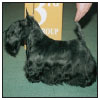
Step into the center ring and find out about the world of showing pure-bred dogs. Heres how to get started in AKC shows, how they are organized and whats required for your dog to become a champion. Take a leap into the realms of obedience trials, agility, earthdog events and tracking tests.
Next page
